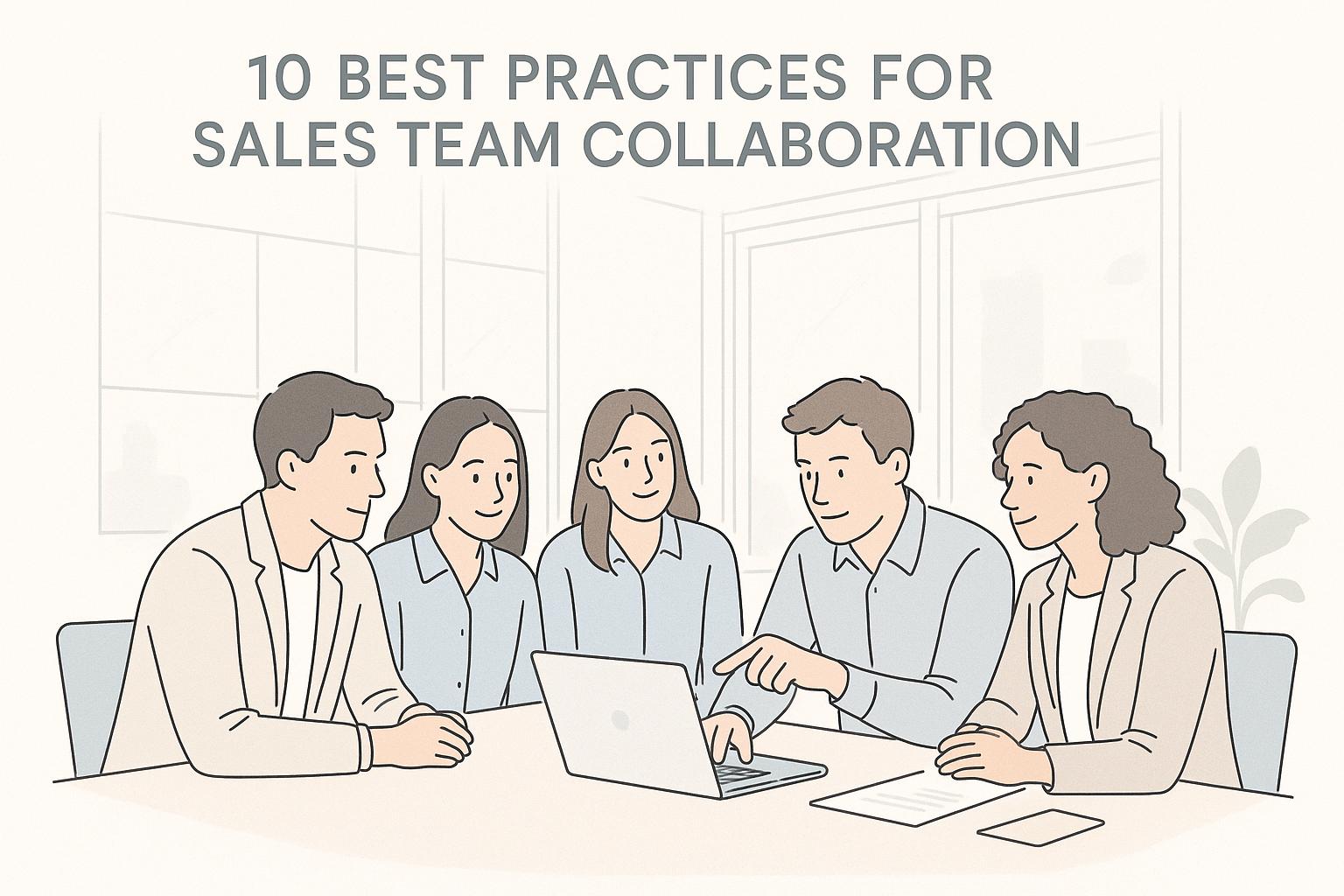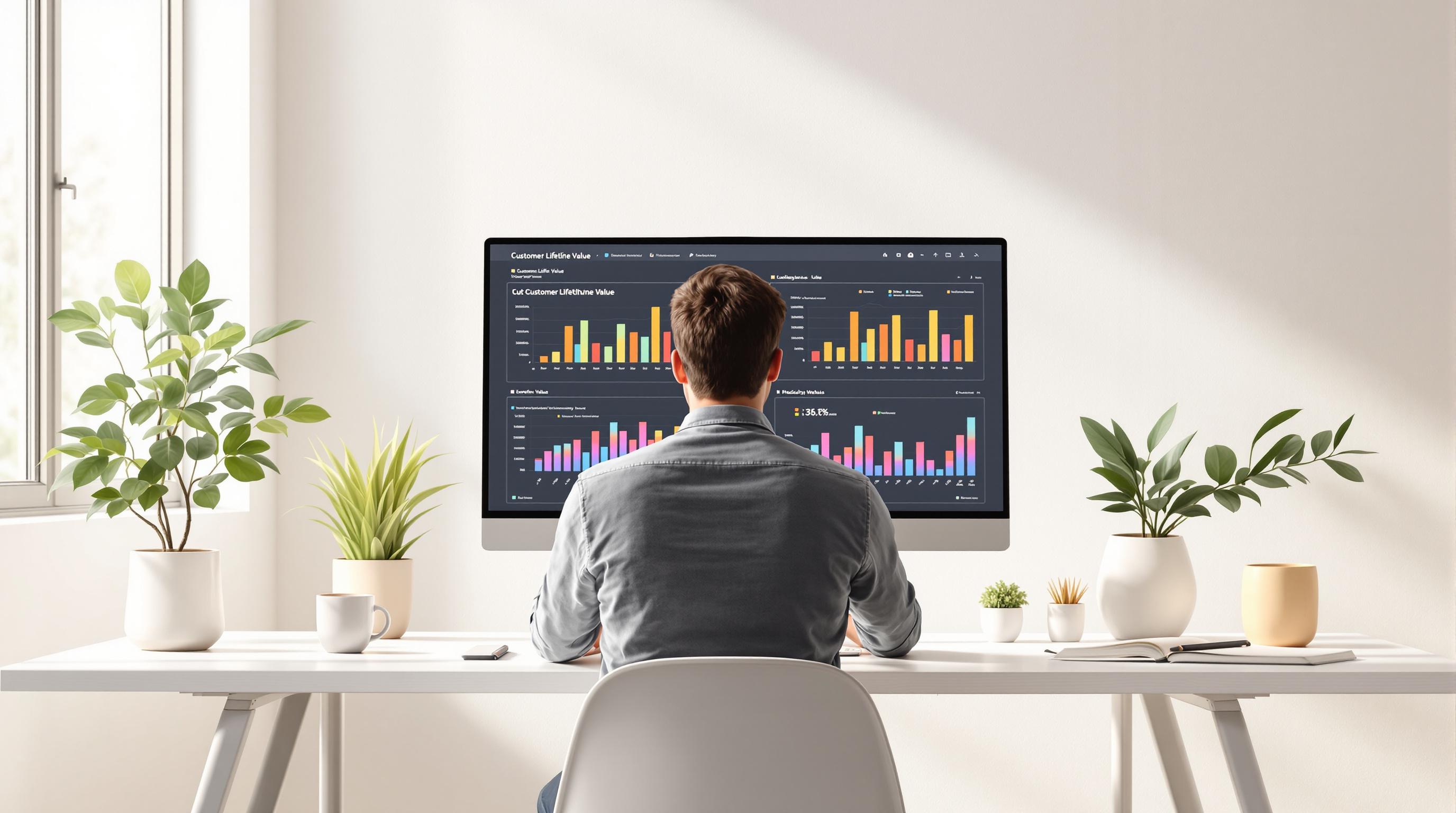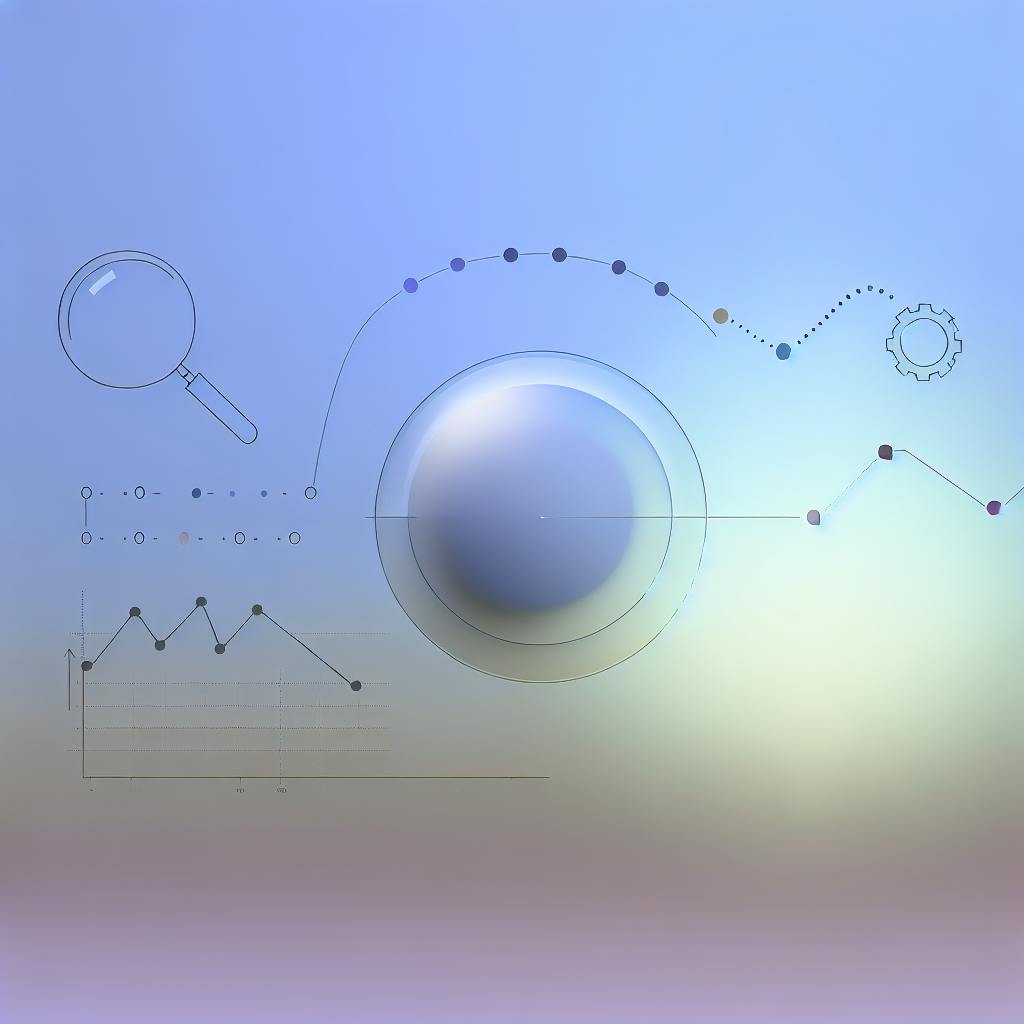Predictive lead scoring helps businesses rank potential customers based on how likely they are to make a purchase. The process varies significantly between B2B (business-to-business) and B2C (business-to-consumer) due to differences in sales cycles, decision-making, and buyer behavior.
- B2B Scoring: Focuses on longer sales cycles (3–12 months) and multiple stakeholders. Key metrics include company fit, stakeholder engagement, and content interactions.
- B2C Scoring: Prioritizes quick decisions (hours to days) by individual buyers. Key metrics include purchase intent, cart activity, and browsing behavior.
Quick Comparison
| Aspect | B2B | B2C |
|---|---|---|
| Sales Cycle | 3–12 months | Hours to days |
| Decision Makers | Multiple stakeholders | Single buyer |
| Key Metrics | Company fit, role-based actions | Purchase intent, cart activity |
| Scoring Method | Multi-touch tracking | Behavior-based scoring |
| Update Frequency | Weekly or monthly | Real-time or daily |
Key takeaway: B2B scoring evaluates long-term engagement across multiple decision-makers, while B2C scoring focuses on real-time behaviors and immediate purchase signals. Tools like Hatrio Sales can automate and optimize scoring for both models.
Data Requirements: B2B vs B2C
B2B Data Requirements
B2B predictive scoring relies heavily on detailed company and stakeholder information to assess potential leads. Here's a breakdown of the key data points:
| Data Category | Required Information | Purpose |
|---|---|---|
| Company Profile | Annual revenue, employee count, industry sector | Evaluate company fit and potential deal size |
| Decision Makers | Job titles, department size, budget authority | Identify key stakeholders and their influence |
| Engagement Data | Website visits, content downloads, email responses | Measure interest level and buying intent |
For B2B, tracking multiple interactions across a longer sales cycle is essential. This includes monitoring how various stakeholders engage with your brand over time.
B2C Data Requirements
B2C predictive scoring, on the other hand, prioritizes individual behaviors and immediate purchase signals. Here's what matters most:
| Data Category | Required Information | Purpose |
|---|---|---|
| Demographics | Age, location, income level | Segment customers effectively |
| Behavioral | Browse history, cart abandonment, purchase frequency | Gauge buying intent |
| Engagement | Email opens, social media interaction, app usage | Track brand interest |
In B2C, the focus is on capturing real-time behavioral cues, as purchase decisions are typically quicker compared to B2B.
Data Quality and Integration
Accurate scoring depends on high-quality data. However, common obstacles include:
- Incomplete Records: Missing data can lead to inaccurate scores.
- Data Fragmentation: Information spread across platforms needs to be unified.
- Outdated Information: Regular updates and data enrichment are essential.
Hatrio Sales simplifies this process by automating data enrichment and integration, ensuring consistent and reliable scoring. To maintain data quality, prioritize regular cleaning, cross-source validation, standardized formatting, and updates based on conversion trends.
Oracle Marketing: Real-time customer experience innovations

Scoring Methods: B2B vs B2C
Effective scoring methods are essential for distinguishing between B2B and B2C lead behaviors. By leveraging high-quality data, these methods refine lead prioritization to align with the unique dynamics of each market.
B2B Multi-Touch Scoring
In B2B, predictive scoring focuses on tracking multiple key interactions over longer periods. Different types of engagement are assigned weighted values based on their importance:
| Interaction Type | Scoring Weight | Key Indicators |
|---|---|---|
| Content Downloads | High | White papers, case studies, technical documentation |
| Meeting Requests | Highest | Demo bookings, sales consultations |
| Email Engagement | Medium | Opens, replies, forwarding to colleagues |
| Website Behavior | Medium-High | Product pages, pricing information, multiple return visits |
This multi-touch approach helps businesses monitor interest progression, enabling sales teams to pinpoint when prospects are nearing purchase readiness.
B2C Behavior-Based Scoring
For B2C, scoring prioritizes immediate actions and purchase signals. Recent behaviors are the primary focus:
| Behavior Type | Scoring Impact |
|---|---|
| Cart Activity | Highest |
| Browse History | Medium |
| Purchase History | High |
| Social Engagement | Medium |
This approach ensures that leads are evaluated based on their most recent interactions, which are often strong indicators of buying intent.
Model Comparison Chart
| Scoring Aspect | B2B Approach | B2C Approach |
|---|---|---|
| Time Horizon | 3-12 months | Hours to days |
| Decision Points | Multiple stakeholder actions | Individual consumer behavior |
| Key Metrics | Company fit, budget authority | Purchase intent, cart value |
| Update Frequency | Weekly/Monthly | Real-time/Daily |
| Automation Level | Semi-automated with manual review | Fully automated |
Hatrio Sales customizes its scoring algorithms to align with the behaviors of business and consumer markets. By automatically adjusting scoring weights and monitoring intervals to fit typical purchasing patterns, the system ensures accurate lead qualification for any target audience.
sbb-itb-b22f30c
Sales Cycle Effects on Scoring
The length and complexity of the sales cycle play a big role in shaping how predictive scoring is configured. Let’s break down how this works, particularly in B2B and B2C settings.
B2B Extended Sales Cycles
In B2B, sales cycles often stretch over several months. This means scoring needs to account for long-term engagement and involve multiple stakeholders.
| Time Period | Scoring Focus | Key Signals |
|---|---|---|
| 0-3 Months | Early Interest | Research activity, content downloads |
| 3-6 Months | Active Evaluation | Demo requests, pricing discussions |
| 6-12 Months | Decision-Making Phase | Stakeholder meetings, contract reviews |
To handle these extended cycles effectively:
- Monitor ongoing interactions over time to identify patterns.
- Assign weight to activities from different decision-makers.
- Track how interest grows throughout the buyer journey.
Hatrio Sales tailors its scoring algorithms to these needs, keeping detailed engagement records and automatically adjusting scores based on consistent interactions. This ensures that every stakeholder's role is factored into the scoring process. On the other hand, the faster-paced nature of B2C cycles calls for a different approach.
B2C Quick-Purchase Cycles
In B2C, buying decisions often happen within hours or days. Scoring systems must react quickly to capture these fleeting signals.
| Timeline | Scoring Focus | Key Triggers |
|---|---|---|
| Minutes | Cart Activity | Abandoned cart, product views |
| Hours | Browsing Behavior | Category exploration |
| Days | Purchase Intent | Wishlist additions, price checks |
For these quick cycles, systems need to:
- Place greater emphasis on recent activity (last 24–48 hours).
- Focus on immediate purchase signals.
- Trigger automated responses without delay.
Hatrio Sales ensures its scoring system updates in real time, allowing sales teams to quickly identify and engage with high-potential buyers during their short decision-making windows.
Buyer Types and Purchase Decisions
Buyer behavior plays a key role in shaping predictive scoring, especially when combined with insights from sales cycle analysis. Different buyer types require tailored scoring strategies to reflect their unique decision-making processes.
B2B Group Decision-Making
In B2B settings, purchases often involve a team of stakeholders, making decisions more complex. These stakeholders can include technical evaluators, financial approvers, end users, and executive sponsors. The challenge lies in identifying decision-making authority, ensuring group consensus, and aligning interactions with each role. Hatrio Sales addresses this by using role-based scoring, which assigns weights to each stakeholder's engagement. This approach generates a combined account score that reflects the overall likelihood of a deal closing.
B2C Single-Buyer Decisions
B2C scoring, on the other hand, focuses on the actions of individual buyers. It captures real-time behavior like browsing activity, purchase history, and signals of immediate interest. Hatrio Sales uses these insights to act quickly, responding to consumers who show strong buying intent. This streamlined approach ensures B2C scoring aligns with the faster decision-making typical of individual buyers.
Conclusion: Implementing the Right System
Key Takeaways
B2B and B2C lead scoring differ significantly due to their unique sales processes. B2B scoring revolves around longer cycles and multiple decision-makers, while B2C scoring focuses on quick decisions by individual buyers. These differences directly influence how businesses qualify and prioritize leads.
| Aspect | B2B Scoring | B2C Scoring |
|---|---|---|
| Sales Cycle | Longer (weeks/months) | Shorter (hours/days) |
| Decision Makers | Multiple stakeholders | Single buyer |
| Data Focus | Account-level engagement | Individual behavior |
| Scoring Method | Multi-touch attribution | Behavior-based |
| Key Metrics | Role-based interaction | Purchase intent signals |
Hatrio Sales Solutions

Hatrio Sales offers tailored lead-scoring automation for both B2B and B2C markets. By analyzing user activity and interest data, the platform identifies high-quality leads efficiently. Its extensive database allows businesses to target and score prospects based on specific needs, making lead qualification more precise and actionable.
Steps to Get Started
To implement the right scoring system for your business, follow these steps:
- Evaluate your sales model: Determine if your focus is on B2B, B2C, or a mix of both.
- Define key metrics: Align your scoring criteria with your sales cycle and decision-making process.
- Automate the scoring process: Use tools to focus your resources on the most qualified leads.
Choosing a scoring system that fits your sales model and evolves with your business can turn lead qualification into a powerful tool for identifying opportunities in both B2B and B2C markets.



